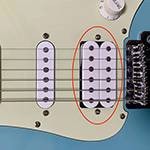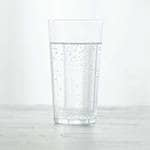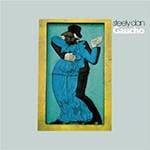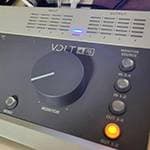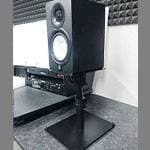

So, what's on the agenda this time?
Recording!
Huh? Didn’t we do that last time?
Last time was about recording for my band, The Captains. This time, I’d like to hear your story!
I knew this was coming… I wonder if I can really talk about it…
You’ve got plenty of recording experience, right?
I’ve got some, yeah… I mean, you could say I focus on being a performer—which sounds cool—but honestly, I don’t get too involved on a deeper level… Unlike you, Kizuhiko, I don’t really take a producer’s perspective. So instead of focusing on one particular project, I think I might just look back on my past recording experiences as a whole.
That sounds good too—like a look back at your personal recording history.
Just to be clear, this is all from my own experience, and since some of it goes back more than 30 years, I might be misremembering some details... When was my very first recording experience? When I was in college... I remember one of the band members at the time recommending Nirvana’s “Smells Like Teen Spirit”, which had just come out—so that must’ve been 1991. By the way, when was your first recording experience, Kizuhiko?
Around 1995, I think? I got my hands on a YAMAHA 4-track cassette MTR and started doing some home recording, little by little. Before long, I upgraded to a YAMAHA digital MTR—if I remember right, it was the MD4.
Oh yeah, I remember those! The recorders that used MDs. Gosh, that’s so nostalgic. Back then—and even now, really—there were a lot of rehearsal studios that had rooms equipped for recording… right?
Not in my rural hometown!
Yeah, there weren’t any in my hometown either. Actually, we didn’t even have regular rehearsal studios! (laughs) So back then, we’d usually do what you might call a “recording pack” — we’d book a room for six or eight hours at a time and do the whole recording in that session. It was common for the studio staff to act as the recording engineer.
Oh right, since I was in Sendai during college, there were probably a decent number of studios like that around.
And of course, the recording medium at the time was analog tape. The number of tracks you could record on was limited… I think it was around 16 tracks back then?... We had to plan out in advance how to assign the tracks before we even started recording.
Ah yeah, nowadays with digital being the norm, you can record as much as you want. You can just keep adding new parts whenever inspiration hits.
Exactly. But back then, we were working with limitations… Sure, you could do ping-pong recording to increase track count, and I'm sure major artists had access to more tracks. But for us amateurs, it was usually around 16 tracks—maybe 32 at best, depending on the studio. So, we had to plan carefully:
How many tracks to assign to drums?
How many layers of guitar or vocals?
All of that was decided in advance.
And you would write it all down on a track sheet, right?
Yeah, and also carefully decide what phrases we’d record. And, it wasn’t just track count—we were also limited in terms of takes. Well, not “limited” exactly, but with tape as the recording medium, you basically only got one take that you could keep.
That’s rough! Nowadays, you can do a bunch of takes and pick the best one later.
Sure, if you didn’t mind burning through tape, you could keep as many takes as you wanted… But the cost added up fast, so after every take, we’d have to immediately decide whether to keep it or not.
We would always say, “Maybe we’d get an even better take if we tried one more time… but this take is really good too…”—it’s tough to decide, right?
Exactly. I mean, of course you could redo just parts using punch-in/punch-out, but... it was also a race against time. You had to finish within the booked session. Even if you wanted to redo a take, you just didn’t have time to keep trying over and over—you had to find a compromise somewhere.
Sure, even now we’ve got deadlines, but in that sense, it might’ve been even stricter back then. Punching in on tape meant you needed a bit of a buffer before and after the section… (gazes into the distance)
Yeah… those were the days. Now you can fix just about anything without it sounding weird—it really is a great era. And to save time, we’d usually record drums, bass, and rhythm guitar all together, like “one, two, three, go!” Even if we layered takes, we’d keep it to two at most.
That’s the way to record a band! It totally suits the vibe.
Right? So we practiced really thoroughly before recording. Come to think of it… I still remember—I made a mistake on the very last note during one of those sessions. A totally unthinkable mistake… and I still don’t know why it happened. (laughs bitterly) Even if the drums and guitar had nailed the take, it meant everyone had to redo it… I felt so bad about it.
Oof, that’s rough… Nowadays, you could fix that mistake in seconds. Digital is kind of a cheat code.
Yeah. That studio only had one room for recording, so we recorded drums, bass, and guitar all in the same room, with amps blasting. Naturally, the guitar mic picked up the drums, the drum mics picked up the bass… everything bled into everything else. If we’d had the amps isolated in separate rooms, it probably would’ve been an easy fix.
Well, lessons learned the hard way tend to stick with you.
Yep. So, after somehow managing to finish the basic tracks, we’d start by layering guitar solos, then vocals, and then backing vocals on top. Now, we could have made some detailed edits to the solos and vocals… But since we were a broke indie band, we were doing everything we could to finish in a single day, so we were totally pressed for time.
Classic indie struggle.
We recorded four songs that time, and I’m pretty sure we even finished mixing that same day… Well, it wasn’t exactly a day—maybe it was part of an 8-hour recording pack? Wait… was it 12 hours?
Either way, it was fast.
Yeah. I think we wrapped up the mixing in just about 2 hours…
That’s the part where you adjust the balance of the recorded tracks, right? Mixing four songs in two hours is really fast.
Yeah, and then we even had them do some light mastering… I think the final audio was delivered on cassette tape. CD-Rs didn’t exist yet, so we probably got it on one of those high-quality metal tapes. I think…
Metal tapes! Now that takes me back! I mean, if they’d handed us something like open reel tape, we wouldn’t know what to do with it.
It’s totally unusable! (laughs) So we’d take that master tape home, dub it ourselves, and then sell or hand them out at live shows. That was how we did it back then.
Around the '90s, cassette tapes were still pretty standard, right?
Yeah. Some bands were starting to release their demos on CD, but the bar was still pretty high, so cassettes were way more common. You know, the classic “demo tape”.
Exactly. You’d bring them to indie record shops and ask if they’d sell them on consignment.
I just looked it up, and it turns out that the studio we used back then is still around! It’s called LM Studio, located in Yotsubashi, Osaka. Wow, that’s so nostalgic. I’d love to go visit there again someday. That was where I had my very first recording experience, but after that we switched to another studio, still in Osaka City, called M4 Studio… I looked that one up too, and it's still in business! Actually, about two years ago, I stayed somewhere nearby when I was in Osaka, and I took this photo:

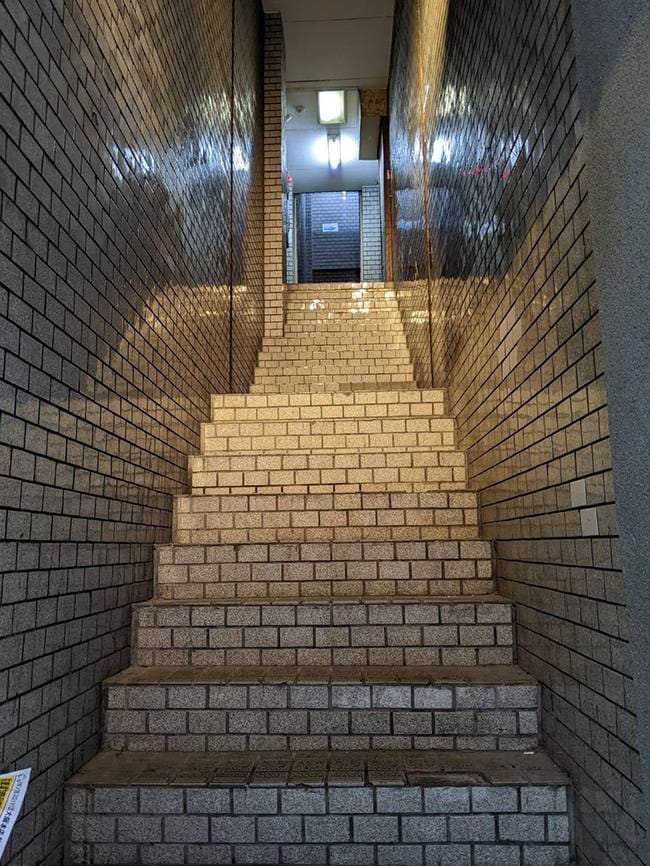
This staircase... I can't even count how many times I went up and down it.
That's definitely an emotional photo for you, right?
Totally. Though, I think the owner must’ve changed since the name appears different in search results now. We recorded there a few times, and unlike the first studio, this one wasn’t analog—it was digital.
Wow, what a sign of the times!
Yeah, well… it was digital, but the recording medium was DAT. That’s Digital Audio Tape, which is basically a magnetic tape for digital recording.
DAT! Man, I remember those!
Right? Looks like they’ve stopped making them now. But yeah, at that studio, we did our digital recording onto DAT—or at least, I think that’s what we used. (laughs)
So this would’ve been the late '90s, right?
Yeah, somewhere from mid to late '90s, I’d say.
Then yeah, DAT makes sense for that time.
I remember seeing a whole row of DAT tapes lined up in that studio, so I’m pretty sure that’s what we used. We switched to digital recording using DAT, but in terms of how we recorded, not much really changed. It was still recording onto magnetic tape.
The advantage was probably faster rewind times and easier punch-ins, right?
Yeah, that—and the audio quality improved. Well, maybe not the quality exactly… it’s more accurate to say that there was no more degradation in sound.
Right. Analog tapes have a different kind of character with a sort of warmth, but they’re not necessarily better quality.
Exactly. And I think the cost came down too, compared to analog tapes. So I think we were able to do more takes and stack more tracks than before.
That was a real lifesaver.
Yeah, but even then, we were still using those 8-hour studio packages, so it’s not like we could record endlessly… Most of the time we still had to wrap up the basic tracks in 2 or 3 takes. And the layering process after that was pretty much the same as before. We’d receive the final mixes on DAT, but since nobody owned a DAT player, we’d have the studio dub it to cassette tape, and then each of us would copy it at home… That was pretty much the standard throughout the ’90s.
As for the cassette’s index card—that’s what it’s called, right? The part that’s like the jacket on a record or CD—all of us used to get really creative with that. The band Limelight, which is the band I was in back then and I’m still in now, our member "Ojo" used to draw the illustrations. She was aiming to become an art teacher, so she was really good at drawing.
That’s impressive. Back to the DAT thing though—it never really caught on, did it? Pretty soon after that, we moved into the MiniDisc era, right?
Yeah…Even around me, almost no one owned a DAT player. I hardly saw one outside the studio. In the end, until I moved to Tokyo in 2000, I recorded a few times at M4 Studio. Once, when participating in a live house–produced omnibus album, I recorded at a different studio, but the basic process was the same. By the way, that omnibus was my first released work, which was my first distributed piece.
Oh, what kind of work was it?
It was called “Shinsaibashi Music Box”. There were red and blue editions, and we were on the red one. The name of the band was POP SICK MACHINE.
Maybe I’ll try to find it (laughs).
Please don’t (laughs). So, after moving to Tokyo in 2000, I started recording by myself using a digital MTR.
The Captains were doing similar stuff around the same time!
Comrades (laughs)! I bought an MTR that could record 8 tracks simultaneously. It wasn’t Roland’s VS series though.
Ah, the VS series was popular. They even had models that could burn CDs.
Yeah, I remember that. It was a bit pricey though. That VS was probably the first digital MTR, right? Wasn’t it around the late ’90s? After that, digital MTRs gradually became more common. We recorded using those… but still sold the demos on cassette tapes. Even into the early 2000s, I think tapes were still pretty common, right?
Maybe so. For indie bands, releasing demos on CD was probably still a high hurdle back then.
After that, the label got involved, and recording became more professional.
Oh, finally!
At that time, we were fortunate enough to use King Records’ own label, so we recorded at King’s Sekiguchi Studio. It was a really fancy studio.
That’s the kind of studio big-name artists use, right?
Exactly. And since we booked the studio for several days instead of just one, we could be more relaxed about recording. We also had the bass amp in a separate booth, so I didn’t make the kind of mistakes I did during my first recording (laughs). Basic tracks took one day, layering guitars another day, and vocals took two days… I think it was something like that? We also had guest players come in to add keys. Or maybe we didn’t take up that much time?
Your skills have really improved!
Well, it was still indie level, so the budget was modest, but I remember we could take our time to some extent. I had to redo the bass part many times. I recall some songs where we layered multiple takes (laughs). The recording gear was also serious stuff… I remember a really impressive open-reel tape deck.
I’ve never recorded on an open-reel before. I’m a bit jealous.
Yeah, looking back, it was a pretty fantastic experience. By the way, we recorded twice at Sekiguchidai. They don’t have permanent gear like drums or amps there, right?
That’s typical for high-end studios.
Until then, we had been recording at rehearsal studios that had gear, so we used their equipment. But at Sekiguchidai, we had to bring our own. We rented amps and such, but during the second recording, the manager forgot to arrange a bass amp rental (laughs).
Classic obvious blunder!
Yeah, that was very typical of us (laughs). So, as a last resort, the engineer lent me his POD for the recording — the LINE6 one.
Around what year was that?
Around 2002, I think.
That’s about when it first came out, right? The LINE6 POD was super popular. That red, bean-shaped amp simulator was pretty revolutionary gear.
Here’s the current version of the POD.
I didn’t know about POD at first. It was my first time using an amp simulator to record direct line inputs… and I remember thinking, "Hey, this actually works!" By that time, I was already using the SANS AMP too… That was also considered an amp simulator when it first came out, I think.
Here’s the current version of the SANS AMP.
That might be right. And the LINE6 POD seems like a further advancement of that concept.
Yeah. That recording was actually just a demo to present to a label or something, so the plan was to properly mic an amp for the actual recording, but that never happened. And then… the band broke up.
That’s bittersweet, man…
From the next band onwards, I think it was full-on digital recording?…
I can see that. This talk is getting pretty long, so how about we continue next time? So, everything is all about—
Love!
The “sound & person” column is made up of contributions from you.
For details about contributing, click here.







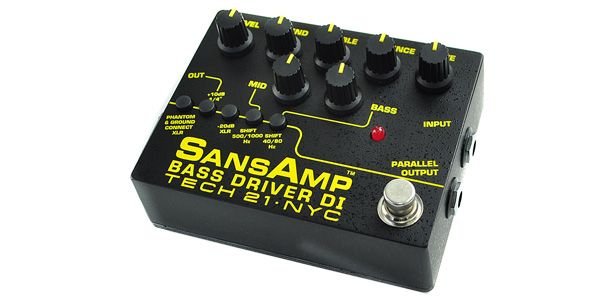
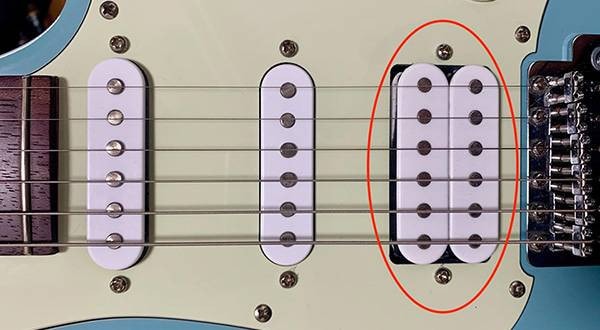
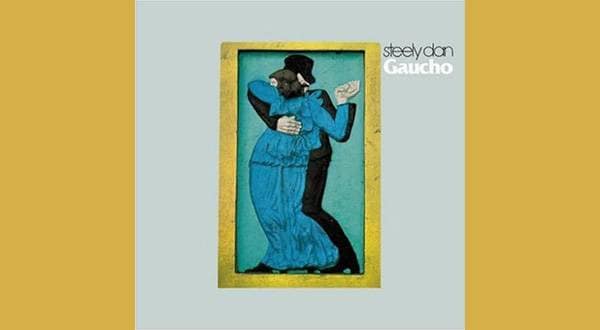
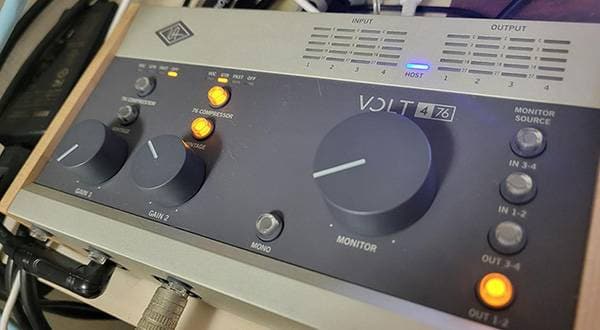
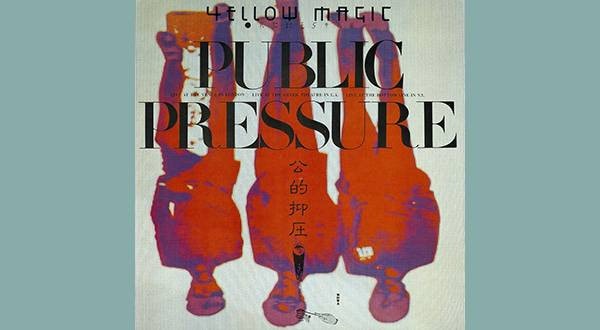
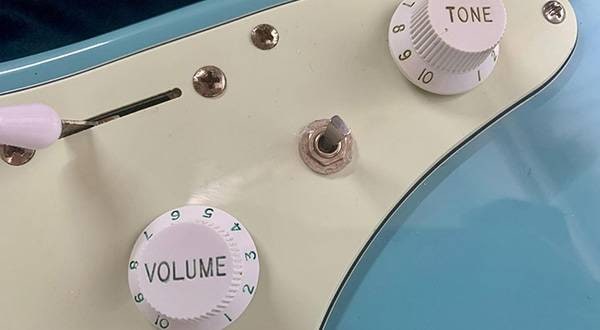

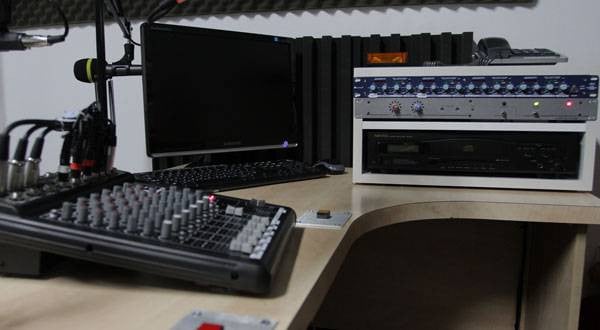
![Start Recording Instantly! [Multitrack Recorder]](/contents/uploads/thumbs/5/2021/11/20211119_5_15208_1.jpg)



 TASCAM Modelシリーズ仕様比較表
TASCAM Modelシリーズ仕様比較表
 iZotopeが手がけるオールインワンDAW “Spire”
iZotopeが手がけるオールインワンDAW “Spire”
 ZOOMマルチトラックレコーダー Rシリーズ比較表
ZOOMマルチトラックレコーダー Rシリーズ比較表
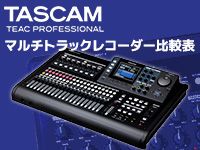 TASCAMマルチトラックレコーダー 比較表
TASCAMマルチトラックレコーダー 比較表
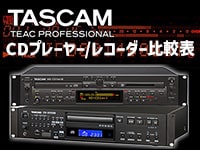 TASCAM CDプレーヤー/レコーダー比較表
TASCAM CDプレーヤー/レコーダー比較表
